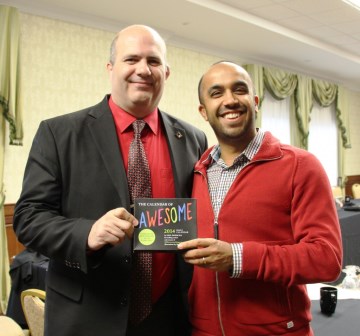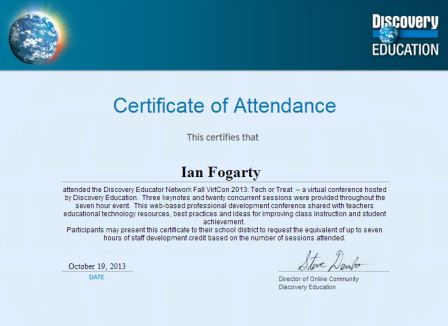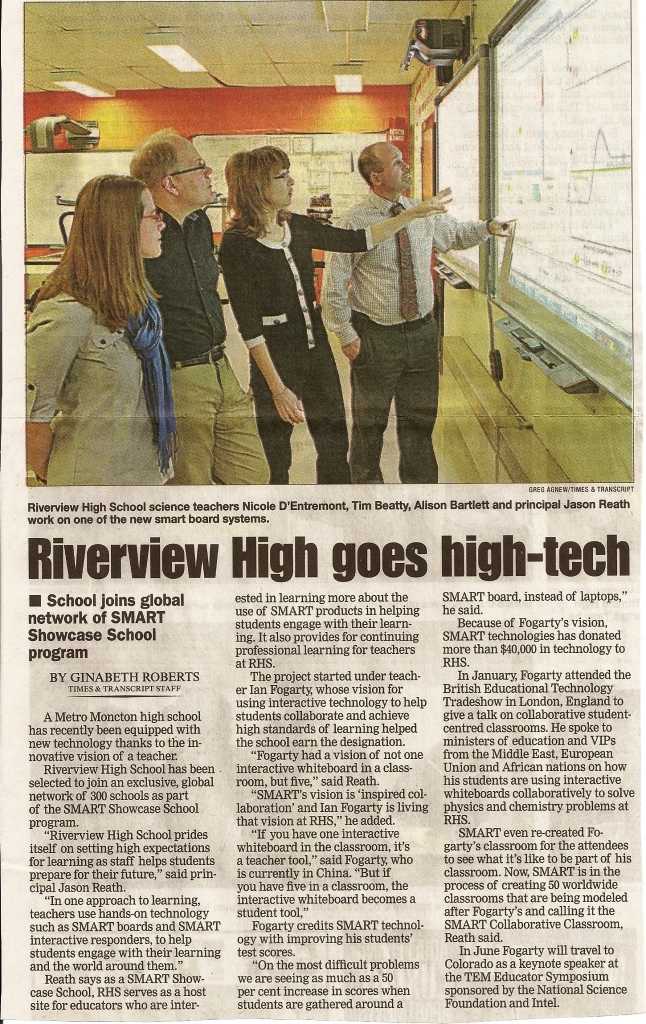Bring IT Together and Partners in Learning


Robert Martilacci from Mind Share Learning picked me up at Pearson in the early evening. Not only did he take me to downtown Mississauga for a quick bite to eat, but he also did some research for me and found me a cheap bus ride to Niagara Falls. It gave us a chance to talk about Ed Tech, 21C, ISTE and conferences.
HE asked if I would give a state of the union address on tech in the clas room, the succsses and the challenges for their summit. I need to ponder what I woul say for 5 min skype. It happens to conflict with the Preston Middle School Colorado visit.
We arrive early at the bus stop. While we are there talking, a bus sneaks up behind us, makes a quick stop and is on its way. I just catch the driver’s attention and they pick me up. Turns out that they do no normally accept people with luggage. It is 35 $ cash. Earlier in the day I had reluctantly taken 40 $ cash from my wife. I get the last seat.
The room that I have is a suite, three rooms, a tub for 3, fireplace, and two chairs pointing out the 12 ft round window with an awesome view of the American and horseshow falls. But I only checked in at 11:30 pm and have be up at 6 am, it is still dark, check out at 7:30 , just enough light to see the falls.
I m early a ECOO for the audio check. I meet John from Microsoft Canada and we have a nice little chat. The presentations begin. John goes on stage. Someone’s phone goes off. So I turn mine off so it does not go awkwardly off while I am on stage. I talk about the Pil Flashpoint. John’s and my talk seem to fit nicely. All goes well. The audience even laughs at a couple of my jokes.
AS I come off stage, one of the audience members come to chat. It turns out that her niece was in the background of the video. From there Lia and Camille and become engaged in some great talk. Lia and I go to lunch.
All week I had discussed with my friend Jonathan about how my talk was at 2pm because that is what it was on my phone. So I’m thinking we have along time. Lia and I have a great talk about how PiL Canada can grow. The discussion is absolutely strategic, professional and in the best interest of PiL. She looks at her watch and is worried. It turns out, both our phones were still off. Our 1 pm co-talk started 15 minutes ago. When we walk in, Dustin is already part way through Lia’s portion. I begin the talk while the surface is booting up. Thank goodness for fast boot up on Surface.
I will never forget to turn my phone back on again. I will also remember the time tricks that google plays on me with time zones.
Other than loosing a few members of the audience, and looking terribly unprofessional at the start, the talk was OK.
The audience seems to really buy in when I talked about the fine nuances of how to use word and excel to teach 21 Century Skills by making them work in groups without clear instructions and to do group writing of lab reports in real time in class time. Time after time, they seem to have an epiphany when I have this part of the talk. It is not in the tech that allows for great learning, but rather in the design of the learning activity.









